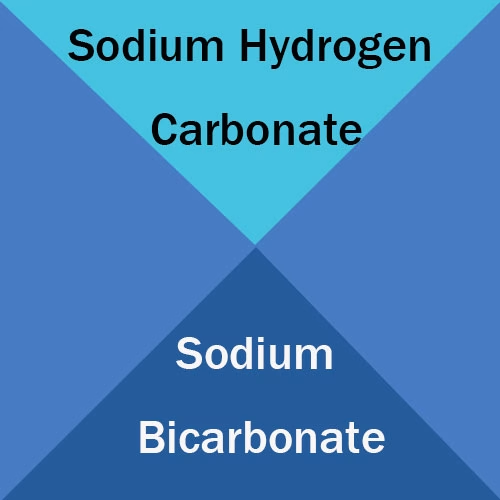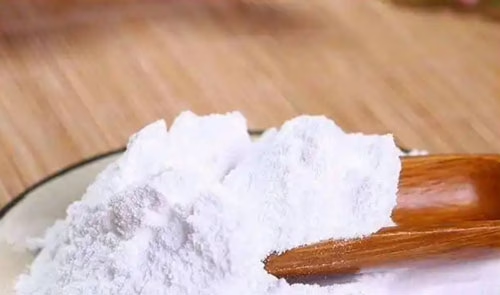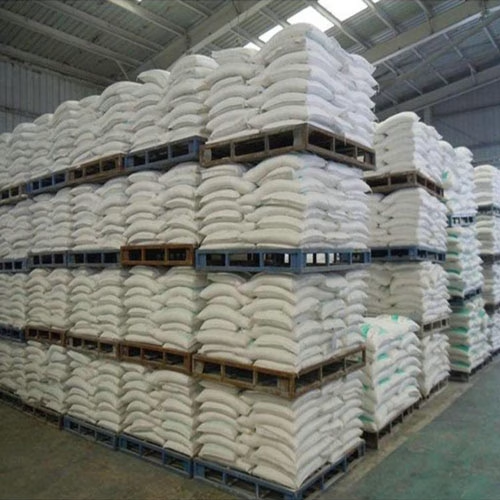I. Introduction
In our daily lives, we often encounter a common white powder that plays a surprisingly versatile role. It can be found in the kitchen, aiding in the rising of fluffy cakes and neutralizing unwanted odors in the fridge. It also has a place in the medicine cabinet, providing relief from heartburn and indigestion. This wonder substance is none other than sodium bicarbonate, or as some may know it, sodium hydrogen carbonate. But are these two names interchangeable, or do they hint at subtle differences? In this article, we will embark on a journey to unravel the mysteries surrounding sodium bicarbonate and sodium hydrogen carbonate, exploring their chemical nature, properties, uses, and more. So, let’s dive in and discover the secrets held within these deceptively simple names.

II. Chemical Formula and Structure
Sodium bicarbonate and sodium hydrogen carbonate are, in fact, one and the same compound. Its chemical formula is NaHCO3, which might seem like a simple arrangement of letters and numbers, but it holds the key to understanding the substance’s behavior.
At the molecular level, it consists of a sodium ion (Na⁺) and a bicarbonate ion (HCO₃⁻). Imagine the sodium ion as a positively charged sphere, and the bicarbonate ion as a cluster of atoms with a bit of a negative charge imbalance. The bicarbonate ion has a central carbon atom bonded to three oxygen atoms, with one of those bonds being a bit weaker and more reactive due to the presence of a hydrogen atom.

This unique structure gives sodium bicarbonate its characteristic properties, such as its ability to react with acids to release carbon dioxide gas, which we’ll explore further in the chemical properties section. It’s like a tiny molecular machine, where the specific arrangement of atoms dictates how it interacts with other substances in the world around us.
Please read “what is sodium bicarbonate“, for more explanation of this compound.
III. Common Names and Their Origins
This compound goes by several names in our daily lives, with “baking soda” being perhaps the most familiar.
The name “baking soda” hails from its long-standing and crucial role in the baking process. When bakers in the past needed to make their bread and cakes rise and become light and fluffy, they discovered that adding a small amount of this white powder did the trick. It reacts with acidic ingredients in the dough, like vinegar or buttermilk, to produce carbon dioxide bubbles. These bubbles get trapped in the dough, causing it to expand and give the baked goods that desirable airy texture.

Another common name, “sodium bicarbonate,” is more of a formal, scientific moniker that reflects its chemical composition. The “sodium” part comes from the sodium ion, which is an essential part of the compound’s structure, as we saw earlier. The “bicarbonate” refers to the HCO₃⁻ ion, highlighting its acidic and basic properties combined.
So, whether you call it baking soda when you’re in the kitchen whipping up a batch of cookies or sodium bicarbonate when you’re discussing chemistry in a more formal setting, it’s all the same trusty substance that has found its way into countless aspects of our lives.
IV. Conclusion
In conclusion, sodium bicarbonate and sodium hydrogen carbonate, though often used interchangeably in common parlance, have a rich and complex chemical story to tell. Its unique chemical formula, physical and chemical properties, and diverse applications in our daily lives and industries make them a compound of great significance.
From the fluffy cakes that grace our tables to the life-saving medical treatments in hospitals, and from the firefighting efforts that protect our communities to the environmental safeguards in industrial settings, they are truly ubiquitous.

As we continue to explore the frontiers of science and technology, it’s exciting to think about the new applications and discoveries that might emerge. Perhaps in the future, we’ll find even more innovative uses in fields like renewable energy, advanced materials, or personalized medicine.
So, the next time you reach for that box of baking soda in your kitchen, take a moment to appreciate the remarkable chemistry behind this humble yet mighty compound, and let it inspire you to delve deeper into the fascinating world of chemistry.
Expanding reading:

